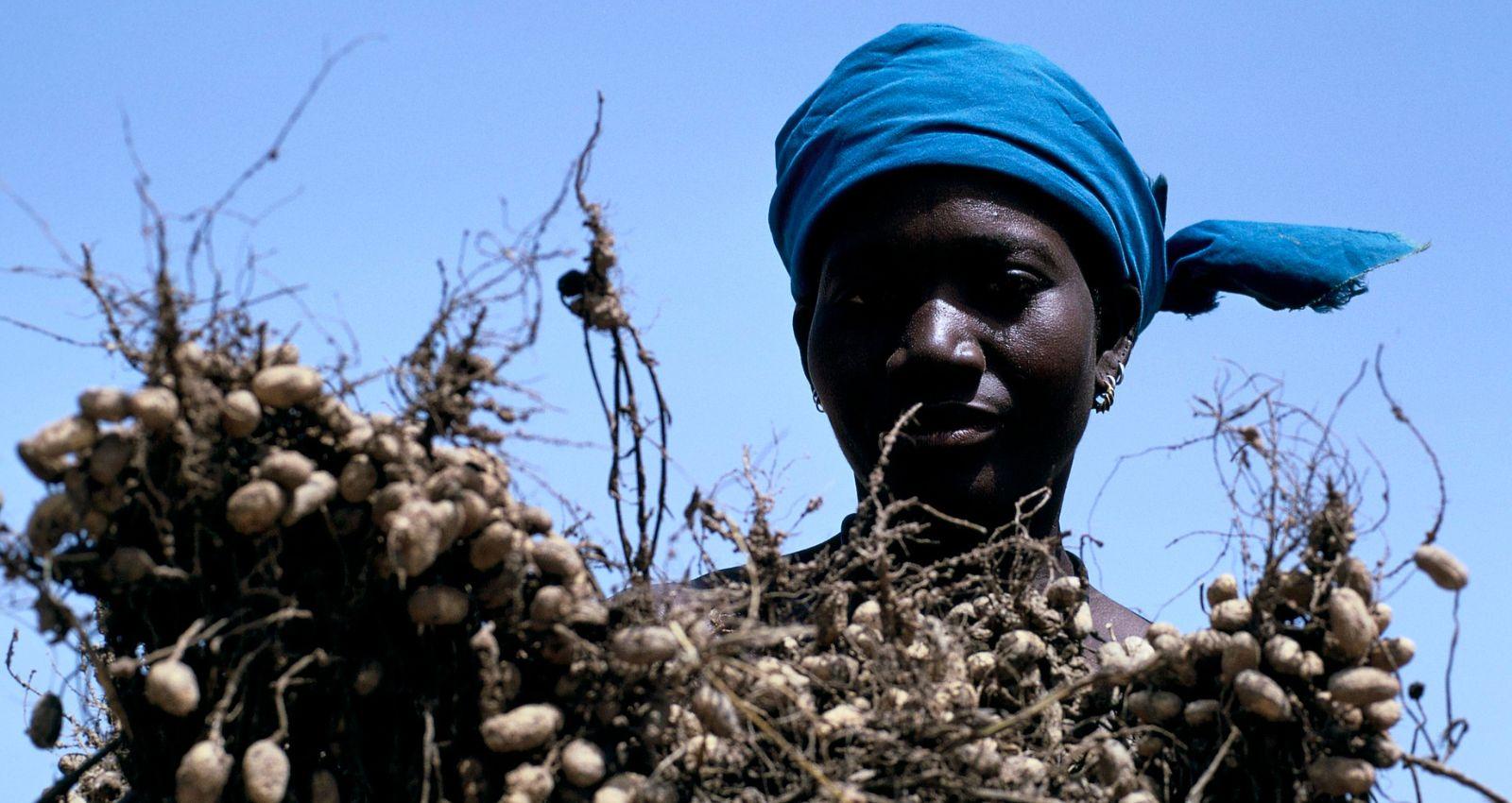Agricultural value chains provide a large majority of work in low and lower-middle-income countries, so World Bank Group (WBG)-supported agricultural projects are instrumental to helping client countries create jobs. But the contribution of these projects to improving jobs outcomes—a key driver of economic transformation, poverty reduction, and shared prosperity—may not be recognized nor maximized. The Independent Evaluation Group and the Jobs Group of the World Bank collaborated on a Learning Engagement to review existing evidence and identify ways to maximize potential job creation benefits in agriculture projects. The results of the collaboration were captured in a Learning Engagement note, written by Louise Fox, the key findings of which are summarized below.
The Jobs and Economic Transformation (JET) framework for IDA19, supported institutionally by the Jobs Group, strengthened the WBG’s commitment to creating better employment opportunities.
The WBG supports agricultural value chains through three main types of projects:
- Projects targeting on-farm productivity improve farm volume per hectare and value of production, usually through a combination of research, development, and extension/capacity building, as well as improvements in rural infrastructure (transportation, irrigation, storage, and logistics, among others).
- Projects designed to deepen agribusiness value chains through enhancing competitiveness of value-added activities in agricultural production, services, or inputs (often called supply and demand-side projects). These projects mainly seek both to increase volume and quality of agricultural products for processing per hectare and/or export, and an increase in post-harvest value-added of key crops.
- Projects which help targeted groups, such as refugees or youth, to enter farming. While the Bank supports few of these projects, they mainly seek resettlement, including access to land and inputs.
Agricultural value chain development from farm-to-fork sustains the JET agenda. Expansion of better income earning opportunities depends on economic transformation progress linked to two development processes:
- Structural transformation—the shift of workers and resources from low-productivity, low-earning sectors such as traditional agriculture to higher-productivity sectors through the more rapid entry and growth of firms.
- Sectoral transformation—productivity growth within sectors, especially lower-productivity ones.
Growth of labor productivity on family farms is thus an essential element of economic transformation.
Figure 1. How economic transformation leads to shared prosperity.

Low and Lower-middle income countries need both agribusiness value chain interventions to create new off-farm job opportunities in the formal and informal sectors, as well as projects to increase farm earnings. Improving agricultural labor and total factor productivity is critical for economic and employment transformation, but the absolute number of people working on farms in most lower-income countries will continue to rise even as agriculture’s share of employment hours worked declines. This is especially true in Africa, which expects strong labor force growth for decades. Nonagricultural sectors cannot absorb all this labor—mostly young people—and many youth will need to work on farms.
WBG agricultural projects support two main jobs outcomes within agricultural value chains (and sometimes indirectly support activities outside agriculture that reduce farm work and free time for rural non-farm activities):
- New employment creation on the farm – a young person enters the labor force and starts either farming or working off-farm in some kind of agriculturally-related activity due to expansion in production, a new processing business, or more workers are hired at an existing storage facility.
- Increases in the quality of existing employment through an increase in earnings from use of new technology or increased value of production per hectare through more use of, say, irrigation; an increase in the stability of earnings through adoption of climate risk insurance or new weather-resilient crop varieties or increased use of formal labor contracts; or increased health and safety on the job.
Policy Implications
Project preparation should consider, identify, explicitly state, refine, and measure jobs objectives and results, given the importance of jobs to WBG country strategies and to transformation of the agricultural sector. This includes sector and problem diagnosis, analysis, and selection of intervention options (project design), economic and financial analysis of intervention costs and benefits (with disaggregation by beneficiary type), and implementation planning including monitoring and evaluation. These issues should be specified in both the theory of change (ToC) and the project development objective (PDO), along with dedicated results indicators. This is good practice and will allow tracking outcomes through to project completion.
Explicitly identifying and estimating jobs outcomes during project preparation helps strengthen project economic analysis. Economic analysis aims to estimate development outcomes and impacts to justify public sector involvement. The analysis can highlight improved jobs outcomes and externalities, such as higher earnings for instance.
Monitoring jobs outcomes is key to achieving desired results. Job outcome measurement can be daunting, especially with on-farm outcomes, but the WBG has developed and tested specific tools to measure and monitor jobs outcomes even at the household and farm levels, or at the business/sectoral level for value chains.










Add new comment